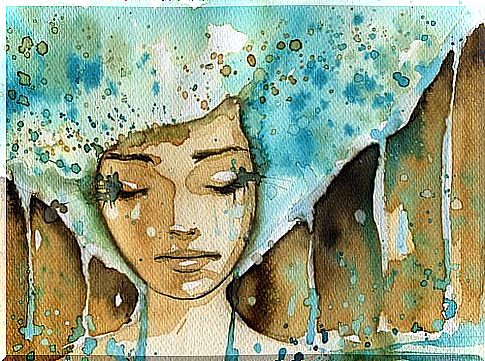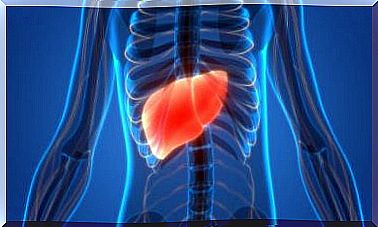4 Differences Between Sadness And Depression
In general, the problem lies in the misuse of the terms, although we often know how to distinguish the two states. Sadness is just one of the symptoms of depression.

Sadness and depression have a lot in common, but they are two completely different concepts.
These two states are often confused, which sometimes leads to misinterpretations that can lead to misunderstandings.
This is why we are going to share with you the 4 most important differences between sadness and depression.
In this way, you will learn to use the terms correctly and you will understand them better.
1. Depression is a psychological disorder
The main difference between sadness and depression is that the latter is a psychological disorder while the former is simply an emotion caused by a situation that hurts us.
It is obvious that depression counts sadness among its many symptoms but it shows many others: apathy, anguish, anxiety, feelings of hopelessness …
Sadness is a circumstance and sooner or later it resolves itself.
However, depression lasts longer because it gives rise to a chronic situation that locks the person in a general climate of unease.
For a person to be diagnosed with depression, psychology experts consider that they must have exhibited symptoms for at least 6 months.
2. Sadness is a temporary mental state
As we said, sadness is a transient state, although it is obvious that sometimes it can last quite a long time.
Unlike depression, it is a normal, natural psychological reaction that does not indicate any mental disorder.
Simply, in the face of difficult circumstances, or in the face of someone who has hurt us, this emotion arises without being able to be avoided.
This is why sadness should not worry us excessively. It is normal to feel it when we lose a loved one, when a relationship breaks down, when we have to leave our home …
Sadness tells us that something that mattered to us is gone or has changed. But over time, the sadness disappears.
3. Apathy and depression
Apathy is the lack of energy and willpower we have to do something.
It affects people with depression who find themselves unable to carry out their daily tasks.
For example, a depressed person may not go to work simply because they feel unable to get out of bed in the morning.
This does not happen when we are sad. Even when we feel this emotion, we can continue to carry out our usual tasks, even if it is perhaps without appetite and with very low morale. Our work and our obligations are not affected.
4. If the sadness goes too far …
Obviously one thing leads to another and if we stay sad for a long time maybe we will end up suffering from depression.
A sad person cries, and she has the impression of being of no use, that the world has turned gray, and that there is no more hope …
If all of this continues over time, it can lead to deep depression.
This is why psychologists prefer to wait a while before claiming that a person is suffering from depression.
It’s okay to be sad one day, two days, and even a week. But, being sad for two months is not a good situation for anyone.
As we have seen, there are notable differences between sadness and depression, even though one is a symptom of the other.
We need to know that while sadness does not require treatment and therapy, depression must be treated appropriately.
When suffering from sadness, support from loved ones and a change of scenery may be enough. In the case of depression, things work a different way.
In conclusion, sadness is very different from depression. The confusion surely comes from words like “depressive”, synonymous with “depressed” for example.
In this case, being depressed has nothing to do with depression. The incorrect use of these terms can make us doubt what they really mean.
Have you ever confused sadness with depression?









